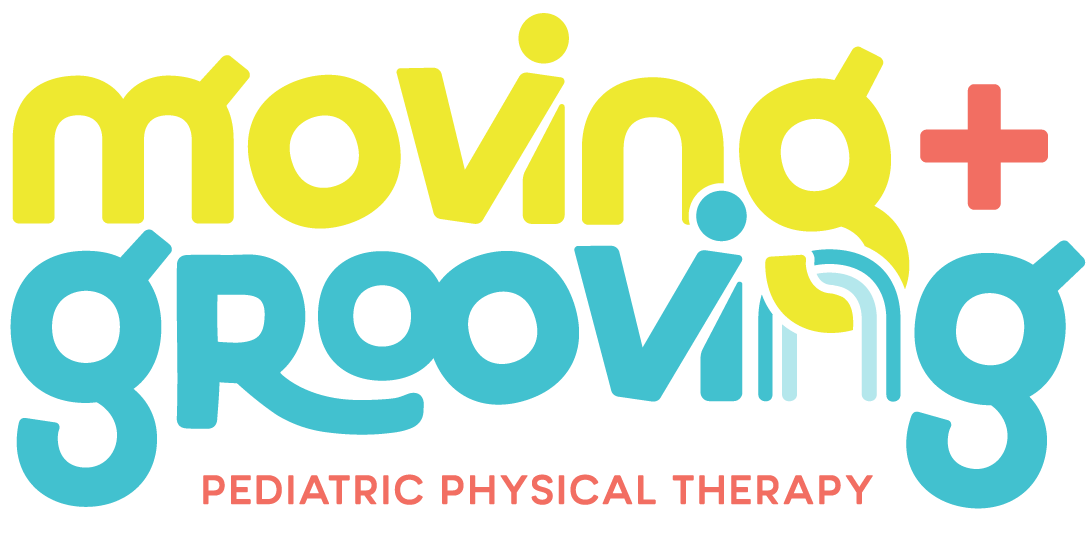
What would PT for my kid who is a toe walker look like?
Toe walking is managed by stretching, strengthening, body awareness activities, visual processing activities, kinesiotape, spio vest, vestibular integration, prism glasses, visual tracking, reflex integration, balance, or core activation…. Generally if a child is very tight, I will refer for orthotics from the orthotist and/ or the orthopedic surgeon’s opinion on serial casting or botox. If they are demonstrating other sensory processing difficulties or seeking behaviors, I will also refer to OT (occupational therapy).
At what point should my child start PT if they are a toe walker? Here is a guide to follow:
Does your child demonstrate any of the signs or symptoms beyond toe walking that I mentioned above?
Have they been consistently up on their toes for > 1 month?
Are they frequently in a container?
Do they seem uncomfortable when you try to stretch their legs and feet so their feet are flat?
Do they struggle to remain safe while they are playing based on falls/ crashing into furniture or others/ unable to stop or change direction when they are walking?
If you answered ‘yes’ to any of the aforementioned conditions, it is time to seek a PT referral.
If your child is a pre-walker and they are up on their tiptoes often, they may be exploring their environment, feeling what it is like to change their degree of standing, looking to peer over the table or into containers their aren’t supposed to get into, or locking out their knees to feel more stable. Based on these statistics, your child is not in need of PT.
Toe walking is not a ‘one treatment fits all’ based on what I mentioned above. A PT who is highly trained in toe walking is the only qualified PT to treat your child. Do not allow your child to be treated by a PT without this experience.
Have more questions? Reach out to schedule a free consultation!
